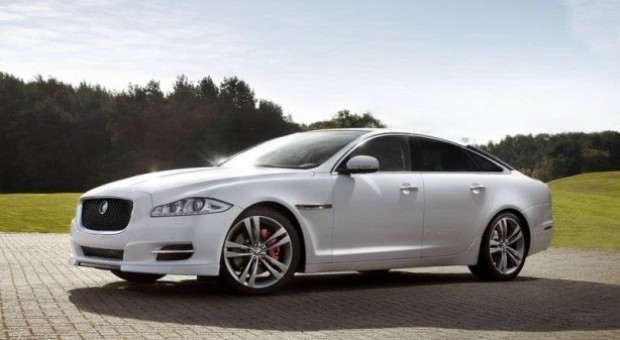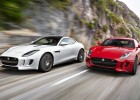
The Jaguar XJ is a full-size luxury saloon. The model has been in production since 1968 with the first generation being the last Jaguar car to have creative input by the company’s founder, Sir William Lyons. In early 2003, the third generation XJ arrived in showrooms and while the car’s exterior and interior styling were traditional in appearance, the car was completely re-engineered.
Its styling attracted much criticism from many motoring journalists who claimed that the car looked old-fashioned and barely more modern than its predecessor, many even citing that the ‘Lyons line’ had been lost in the translation from Mark 2 into Mark 3 XJ, even though beneath the shell lay a highly advanced aluminium construction that put the XJ very near the top of its class.
The first ‘R’ model in the latest generation of the XJ range, and the latest in a long line of high-performance, luxurious Jaguar sports saloons, the XJR incorporates bespoke chassis and aerodynamic developments to create the most focused, agile and responsive member of the XJ family.
The new Jaguar XJR saloon has been unveiled at a busy New York motor show for Jaguar-Land Rover. The big cat uses an adapted version of the Supersport’s 5-litre supercharged V8 (as seen in the XKR-S and XFR-S) producing 542bhp and hustling the big XJ to 60mph in 4.4sec.
The transmission is a ZF eight-speed automatic, custom tuned for the XJR and including corner recognition technology, which senses when you’re steering and holds its gear for optimum exit speed.
Both the stability control and differential get a special sporting calibration to better deal with the increased grip and power of the R. An adaptive electronic suspension monitors driving conditions with the ability to adjust dampening up to 500 times per second.
Additionally, the XJR steering system is fitted with the valving from the Jaguar F-type sports car. Jag collaborated with Pirelli for the tyres, sized generously 265/35 front and 295/30 rear.
The 5-litre V8 engine in the XJ Supersport can accelerate the car from 0–60 mph (0–97 km/h) in 4.7 seconds, and has a UK CO2 emission rating of 289 g/km. To cater to the limousine market, all XJ models are offered with a longer wheelbase (LWB) as an option, which increases the rear legroom
Combined with an eight-speed transmission that extends the performance characteristics of the car, the XJR is capable of accelerating from zero to 60mph in 4.4 seconds (0-100km/h in 4.6 seconds) and on to an electronically limited top speed of 174mph (280km/h).
The unique 20-inch lightweight forged alloy ‘Farallon’ wheels are shod with specially developed Pirelli rubber, giving the XJR a muscular stance and increasing its grip and stability.
Allied to the tyre technology are tuned dampers and spring rates which both optimise the handling and stability of the car when driven at speed and increase the feeling of connectivity with the road surface, providing a controlled, supple ride which still retains the expected Jaguar XJ ride comfort.
The settings for the active electronic differential and Dynamic Stability Control system have been calibrated in order to allow the enthusiastic driver to make the most of the huge performance potential of the XJR. In addition, the steering hydraulics and calibration have been engineered to enhance steering feel, response and feedback under all driving conditions.
The car’s dynamic intent is underlined by the technical palette of materials used on the interior. This includes optional semi-aniline leather and veneers in either Carbon Fibre or Piano Black. Providing a further unique touch is a choice of contrasting colour stitching to bring out the design of the front and rear seats.
Inside, the XJR is plushly appointed and can be specified with an 825W, 18-speaker Meridian sound system. A new front splitter, rear spoiler, unique bonnet vents and ‘Farallon’ forged 20in alloy wheels serve to further differentiate the R as the new halo XJ. Jaguar says that this is much more than a retuned Supersport, with a notable step up in dynamic ability reported by engineers.




















